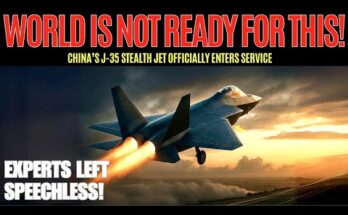Beneath nearly two kilometers of Antarctic ice, scientists have uncovered a hidden world frozen in time for more than 34 million years.
Using satellite radar and radio-echo mapping, they revealed an ancient landscape of valleys, ridges, and massive riverbeds the size of Maryland — terrain sculpted long before Antarctica became the icy desert we know today.
This remarkable discovery points back to an era when the continent was part of Gondwana, a warm and vibrant supercontinent covered in rivers, forests, and thriving ecosystems. Because the ice above this region is cold based and barely moves, the land has remained perfectly preserved, acting as a natural time capsule that may hold clues about Earth’s ancient climate and life.


